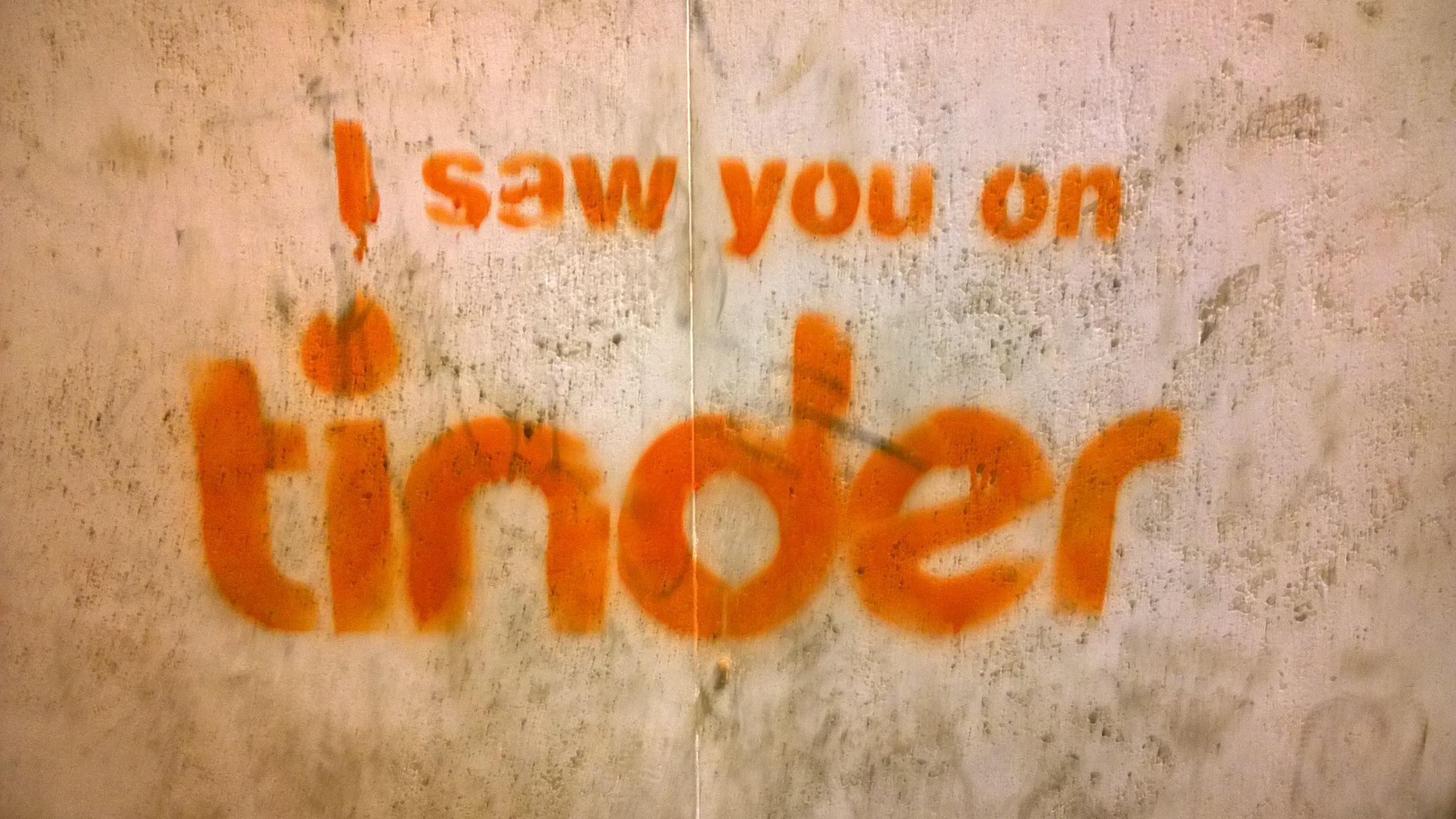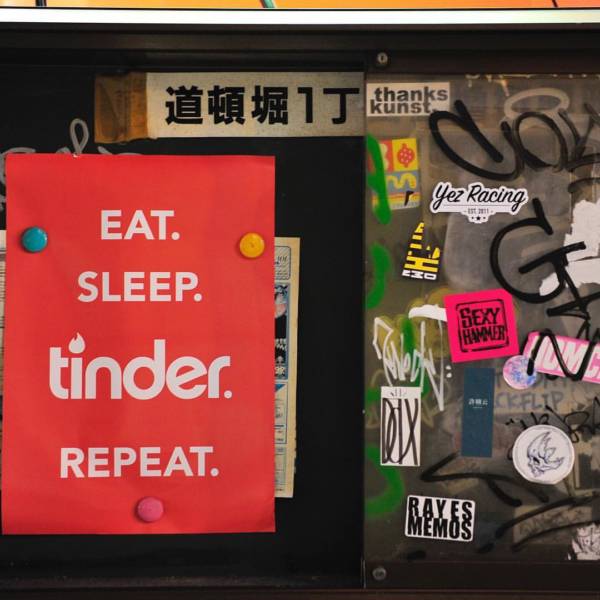The study was conducted by giving surveys to 1,044 women and 273 men, most of them undergraduate students. About 10 percent of those subjects used Tinder at least two to three times a month and were considered "users." Researchers compared this small sample to the big majority of individuals who fell below that level.
"Across all of the measures, the men and women who used Tinder scored more dysfunctionally than those who did not use Tinder," said Trent Petrie, a professor of psychology at the University of North Texas, and a co-author of the study, which is currently under review for publication.
I asked Petrie, along with co-author Jessica Strubel, an assistant professor at the school's College of Merchandising, Hospitality & Tourism, what they thought was going on.
"It’s all very visual," said Strubel, speaking about Tinder's potentially negative effect. "They leave very little space for anything verbal. Four to five photos, that’s the way [Tinder users] are passing judgment and evaluating each other. They're internalizing those ideals and trying to perfect the image they're portraying to attract the interest of a potential partner or hookup."
 (Denis Bocquet/Flickr Creative Commons)
(Denis Bocquet/Flickr Creative Commons)
We say "potentially negative effect," because the survey, while establishing a correlation between Tinder use and negative psychological states, does not prove use of the app actually causes those states -- it could be the other way around. Petrie and Strubel said they hope other researchers will pick up the ball and look closer at the association, as well as at the question of whether more Tinder use tracks with greater levels of psychological distress.
In response to the study, Jess Carbino, Tinder's in-house sociologist, noted the big drawback of the "incredibly small" number of Tinder users who participated in the study, saying: "No statistically significant finding finding can be drawn about women or men who use Tinder relative to men or women who do not use Tinder or Tinder users generally."
Because of that limitation and because of the limited geographical representation in the study's sample population, "any serious social scientist would strongly question and doubt the validity" of the results, Carbino said.
In May, in Los Angeles magazine, Carbino contended that Tinder is not only about people's looks. “I think Tinder is far more complex than simply physical attractiveness,” she said. "With photos, people are not simply looking at whether someone has a nice smile or a nice face per se. They are looking at other factors related to that individual’s attributes—like socioenomic status, whether they think they are kind, nice, or mean."
(For a positive view of Tinder not from Tinder, check out this Wired writer's piece.)
Men: Those Swipin' Fools
Research published in July could shed light on why Tinder might erode male users' self-esteem. In that study, researchers created 14 fake Tinder profiles, half of them men and half women, all Caucasian, all ostensibly living within a 100-mile radius in London. The profiles omitted any biographical detail, and the photos displayed only faces, with neither clothing nor background images visible.
Among the results: The male profiles received a positive response -- the treasured "swipe right" -- just 0.6 percent of the time. But the female female profiles received a favorable response at a whopping 10.5 percent clip, almost 18 times the rate at which men caught someone's attention.
"It therefore seems that, rather than pre-filtering their mates via the like feature, many male users "like" in a relatively non-selective way and post-filter after a match has been obtained," the researchers wrote, referring to the "This gaming of the system undermines its operation and likely leads to much frustration."
Maybe, though, this is not a Tinder problem, but a Homo sapiens problem. Caitlin Dewey in The Washington Post, for one, notes this sort of disparity in mating approach has been going on for a long time:
(E)ven before Tinder — even before online dating — women were way more selective in choosing potential partners. In online profiles and personal ads, women tend to list more rules and requirements for the kind of guys they want to meet — roughly one and a half times as many, according to one 2005 study. Men are more likely to accept date invitations from strangers; they almost always send the opening email or message.
Anthropologists are split on this, but depending on whom you ask, the gap between male and female selectivity can be attributed to some mix of inherited, deep-seated social norms and hard-wired evolution. ... But by allowing men to take this indiscriminate approach to its logical extremes, Tinder definitely may have heightened or exaggerated them. Meanwhile, ladies have to become even more selective to get through their inboxes.
Perhaps not coincidentally, last year, in conjunction with the introduction of a paid premium service, Tinder instituted a limit on how many times non-paying users can swipe right. This would encourage users to "make sure their swipes are honest," a Tinder spokesperson told CNN.


